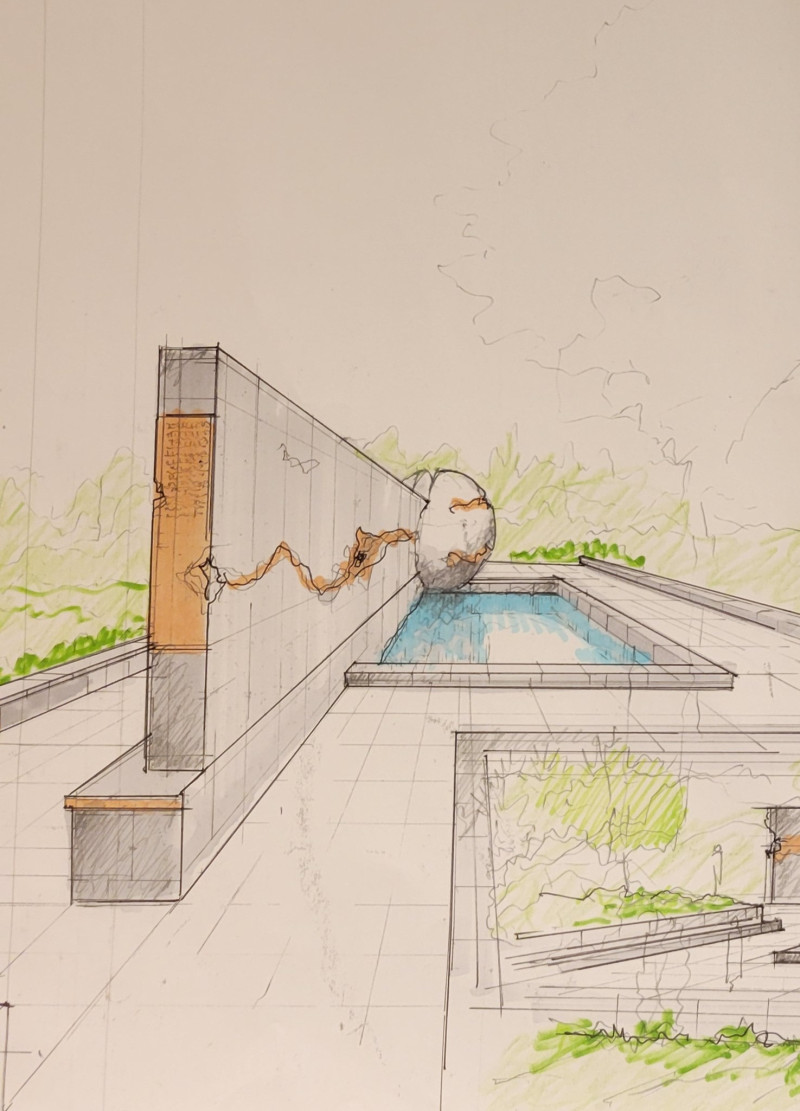5 key facts about this project
The Last Genocide Memorial is a space dedicated to honoring the victims of genocides throughout history. It serves multiple purposes: a site for remembrance, healing, education, and reflection on past atrocities. Positioned in a significant location, the memorial aims to communicate a message of hope while acknowledging the painful histories it represents. The design blends elements that highlight both the weight of the past and the need for continued awareness.
Black Granite Wall
A central element of the memorial is the black granite wall, which serves as its main feature. Consisting of multiple panels, this wall details the history of genocides from the 1400s to the present. The organization of these panels provides a structured timeline that guides visitors through the complex narratives of these events. The use of granite creates a sense of solidity and permanence, emphasizing the memorial's purpose to pay tribute to those who have suffered.
Monumental Sphere
From the granite wall emerges a large sphere, symbolizing the widespread impact of genocides on humanity. This spherical form contrasts with the heaviness of the wall, suggesting a sense of hope and regeneration against a backdrop of sorrow. The design of the sphere appears to fracture from the wall, representing the breaking of silence surrounding these historical events and allowing space for dialogue and reflection.
Final Panel
The memorial features a final panel that is particularly significant. Serving as both a conclusion to the historical narrative and as an empty space, it invites visitors to engage in personal reflection. This blank panel prompts individuals to think about their roles in preventing future acts of violence. It emphasizes a hopeful outlook on collective healing while urging visitors to remember the past.
The Last Genocide Memorial incorporates elements designed to foster education and introspection. Each component, from the black granite wall to the broken sphere, contributes to a clear and cohesive narrative. Together, these features encourage visitors to confront history while also looking forward to a future free from such atrocities.






















































